China and India's dam war in the Himalayas
Delhi's response to Beijing's plans for a huge dam in Tibet? Build a huge dam of its own right nearby
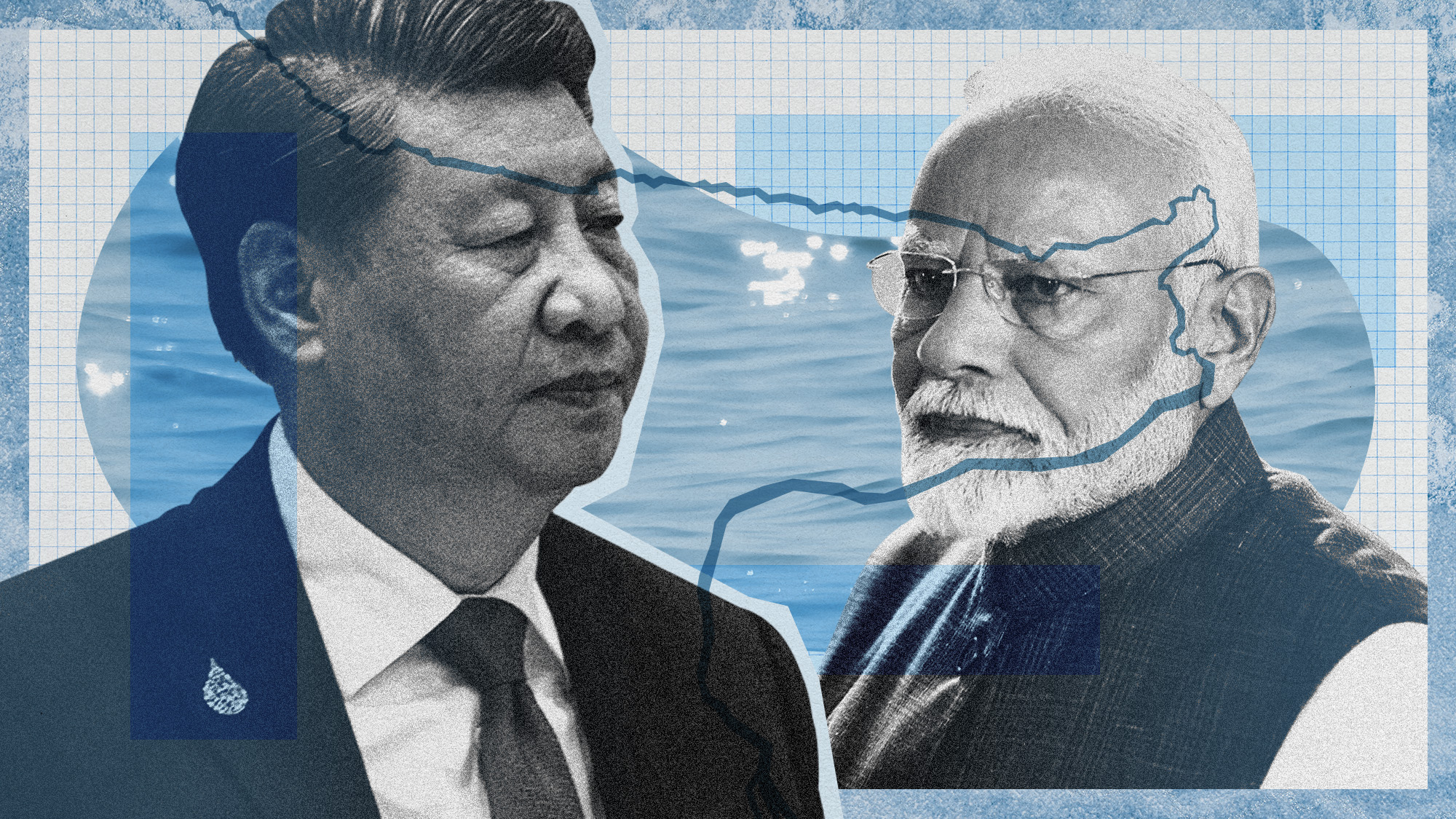
India is building a giant hydropower dam near the Siang river to counter a huge Chinese dam further north.
But this latest move in a tit-for-tat saga of water geopolitics between the two nations is seen as a threat by the millions of people who live and work in the surrounding areas, or further downstream in Bangladesh.
'Dam for a dam'
India's $13.2 billion (£10.6 billion) Siang Upper Multipurpose Project will "create a reservoir that can hold nine billion cubic metres of water and generate 11,000 megawatts of electricity", said Al Jazeera.
The Week
Escape your echo chamber. Get the facts behind the news, plus analysis from multiple perspectives.

Sign up for The Week's Free Newsletters
From our morning news briefing to a weekly Good News Newsletter, get the best of The Week delivered directly to your inbox.
From our morning news briefing to a weekly Good News Newsletter, get the best of The Week delivered directly to your inbox.
And news of these construction plans comes a mere month after Beijing approved the building of its "most ambitious – and the world's largest –dam over the Yarlung Zangbo river, in Tibet's Medog county", just before it enters Indian territory (where it's known as the Siang river).
India says its dam will serve as a "buffer" in case of "excess and sudden water releases from dams in China", said The Diplomat, but Beijing has "downplayed" Delhi's concerns, insisting that detailed studies were carried out to make sure the new Chinese dam would "not have any negative effects on downstream countries".
For all this "dam for a dam" water war, relations between the two nations along their disputed Himalayan border are not currently at boiling point. In recent years, there have been skirmishes between Indian and Chinese troops in the area but 2024 "witnessed a thaw", with both sides "withdrawing troops from two flashpoints", said VOA News.
The troop withdrawals have set ties between New Delhi and Beijing "in the direction of some improvement", according to Subrahmanyan Jaishankar, India's foreign minister, but mutual mistrust "remains a key hurdle" to more friendly relations, said the US news site.
A free daily email with the biggest news stories of the day – and the best features from TheWeek.com
'Dangerous power tussle'
Either way, there's plenty of concern about India's plans in India itself. Locals in the Siang Upper Multipurpose Project area "have warned that at least 20 villages will be submerged" and two dozen more will be partly flooded, uprooting thousands of residents, said Al Jazeera
And, as a result of "this dangerous power tussle" over water resources, the "presence of two giant dams" in a region of the Himalayas that's prone to earthquakes "poses serious threats to millions of people" in India and Bangladesh.
Amid "intensifying resistance" from locals, the state government has sent in paramilitary forces – though there have not been any clashes yet.
The effects of climate change could "make these tensions" much more "dangerous and potentially destabilising in the upcoming decade", Michael Kugelman, South Asia Institute director at the Wilson Center, a US think tank, told Al Jazeera.
What's needed is a "comprehensive water-sharing agreement between China and India", said Rouhin Deb in The Indian Express, with the current "unilateral assurances" replaced by a "binding" formal framework.
Chas Newkey-Burden has been part of The Week Digital team for more than a decade and a journalist for 25 years, starting out on the irreverent football weekly 90 Minutes, before moving to lifestyle magazines Loaded and Attitude. He was a columnist for The Big Issue and landed a world exclusive with David Beckham that became the weekly magazine’s bestselling issue. He now writes regularly for The Guardian, The Telegraph, The Independent, Metro, FourFourTwo and the i new site. He is also the author of a number of non-fiction books.
-
 Joanna Trollope: novelist who had a No. 1 bestseller with The Rector’s Wife
Joanna Trollope: novelist who had a No. 1 bestseller with The Rector’s WifeIn the Spotlight Trollope found fame with intelligent novels about the dramas and dilemmas of modern women
-
 Codeword: December 20, 2025
Codeword: December 20, 2025The daily codeword puzzle from The Week
-
 Sudoku medium: December 20, 2025
Sudoku medium: December 20, 2025The daily medium sudoku puzzle from The Week
-
 The issue dividing Israel: ultra-Orthodox draft dodgers
The issue dividing Israel: ultra-Orthodox draft dodgersIn the Spotlight A new bill has solidified the community’s ‘draft evasion’ stance, with this issue becoming the country’s ‘greatest internal security threat’
-
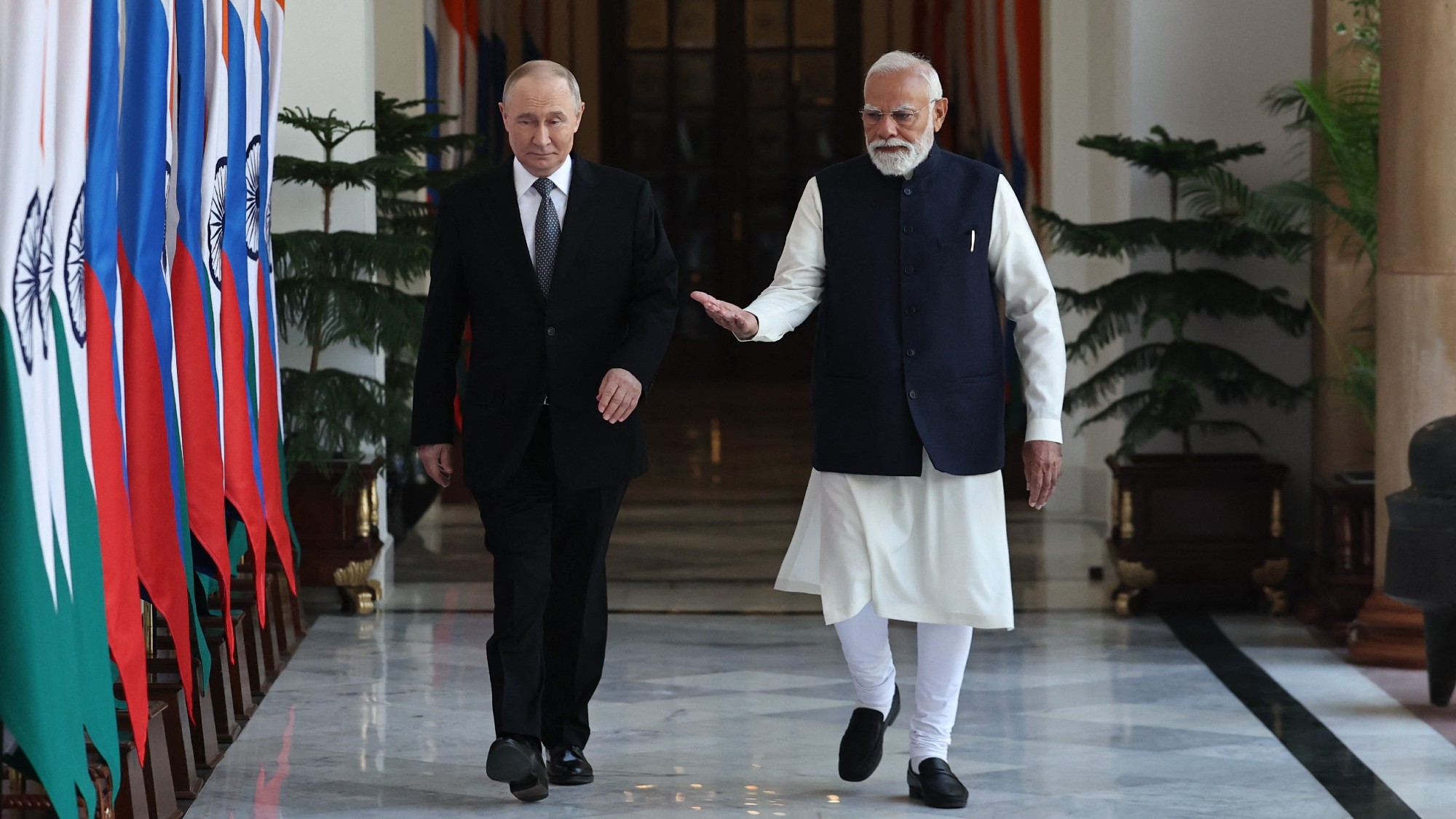 Is a Putin-Modi love-in a worry for the West?
Is a Putin-Modi love-in a worry for the West?Today’s Big Question The Indian leader is walking a ‘tightrope’ between Russia and the United States
-
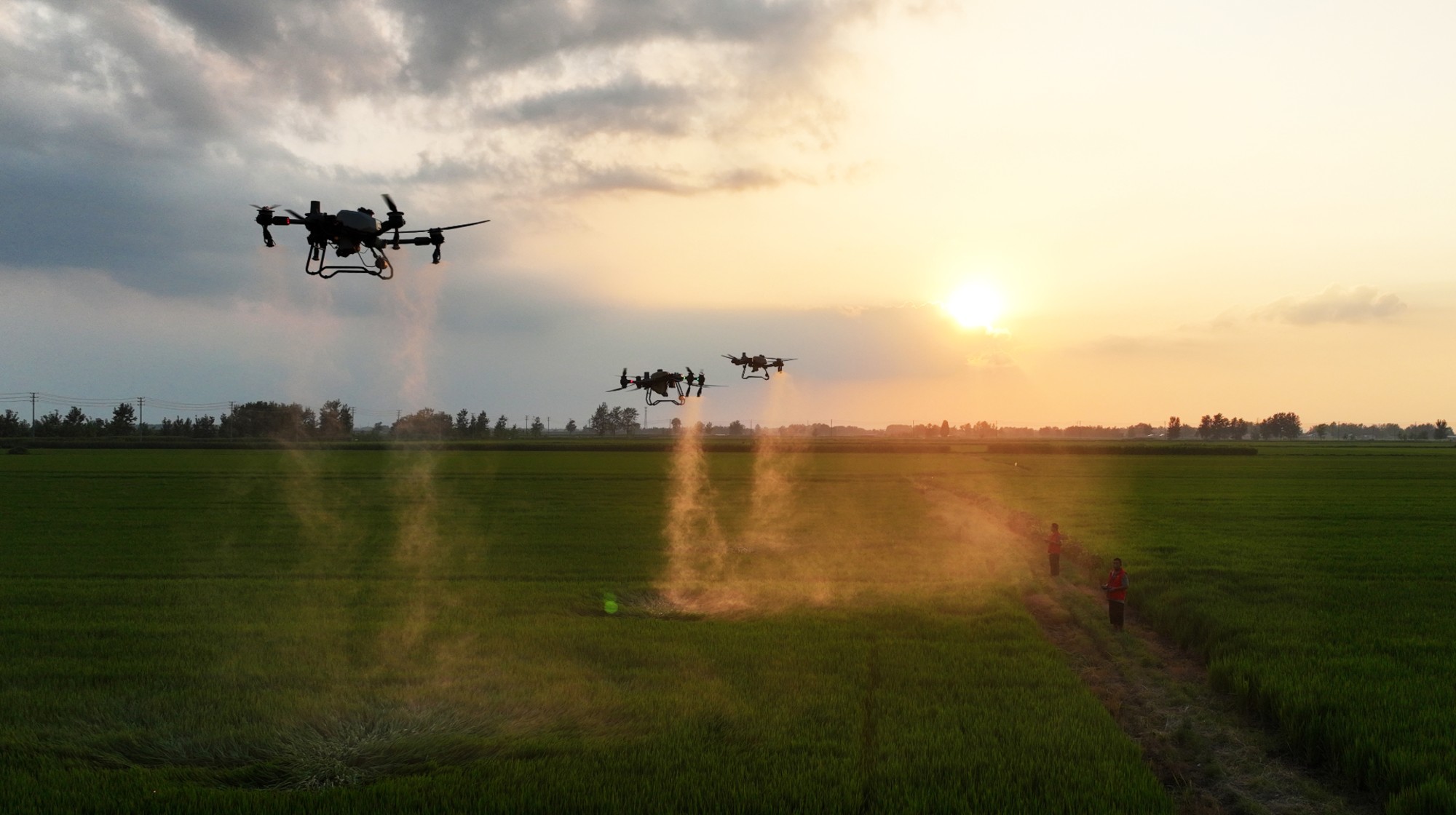 Looming drone ban has farmers and farm-state Republicans anxious
Looming drone ban has farmers and farm-state Republicans anxiousIN THE SPOTLIGHT As congressional China-hawks work to limit commercial drone sales from Beijing, a growing number of conservative lawmakers are sounding an agricultural alarm
-
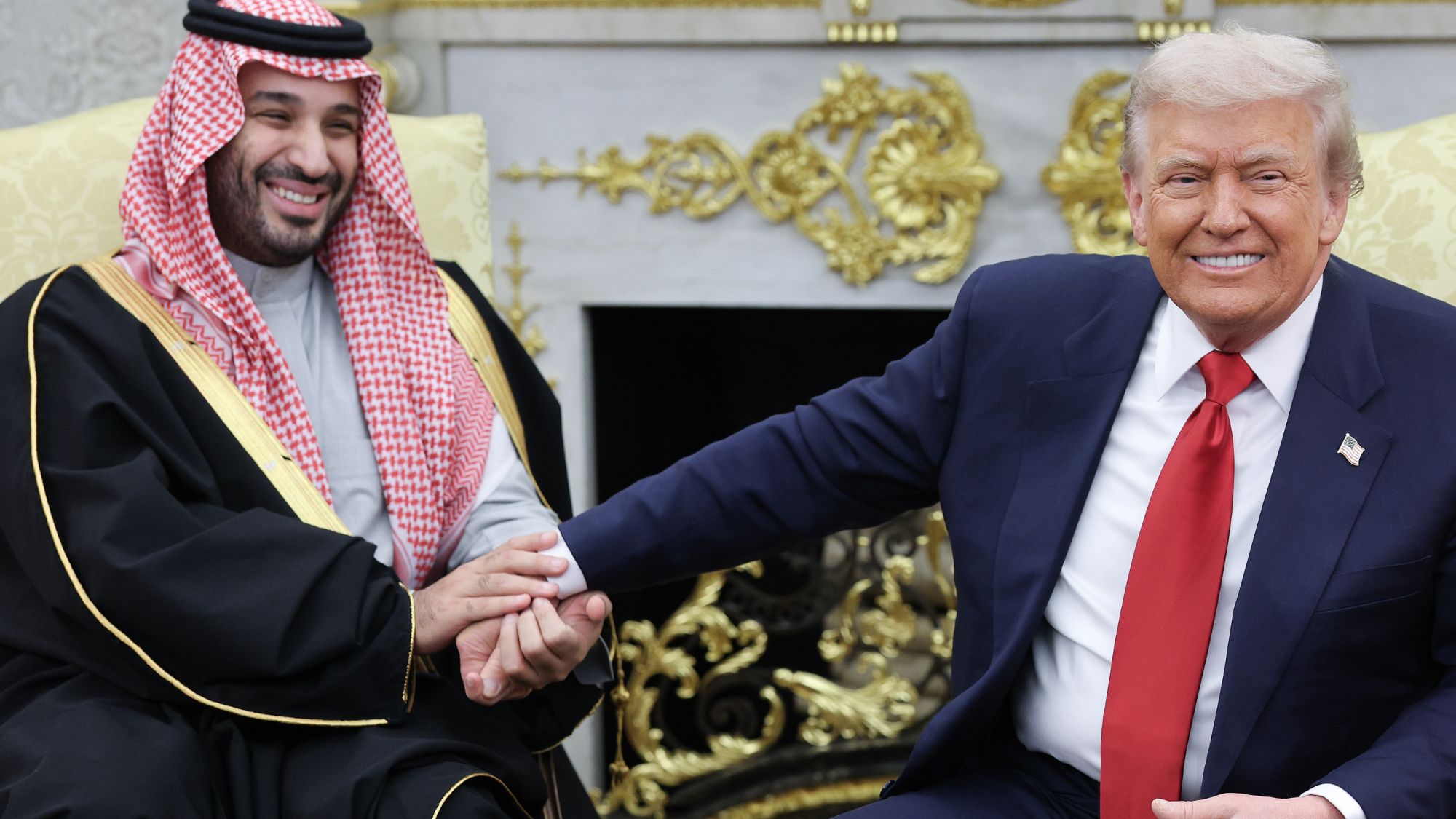 The US-Saudi relationship: too big to fail?
The US-Saudi relationship: too big to fail?Talking Point With the Saudis investing $1 trillion into the US, and Trump granting them ‘major non-Nato ally’ status, for now the two countries need each other
-
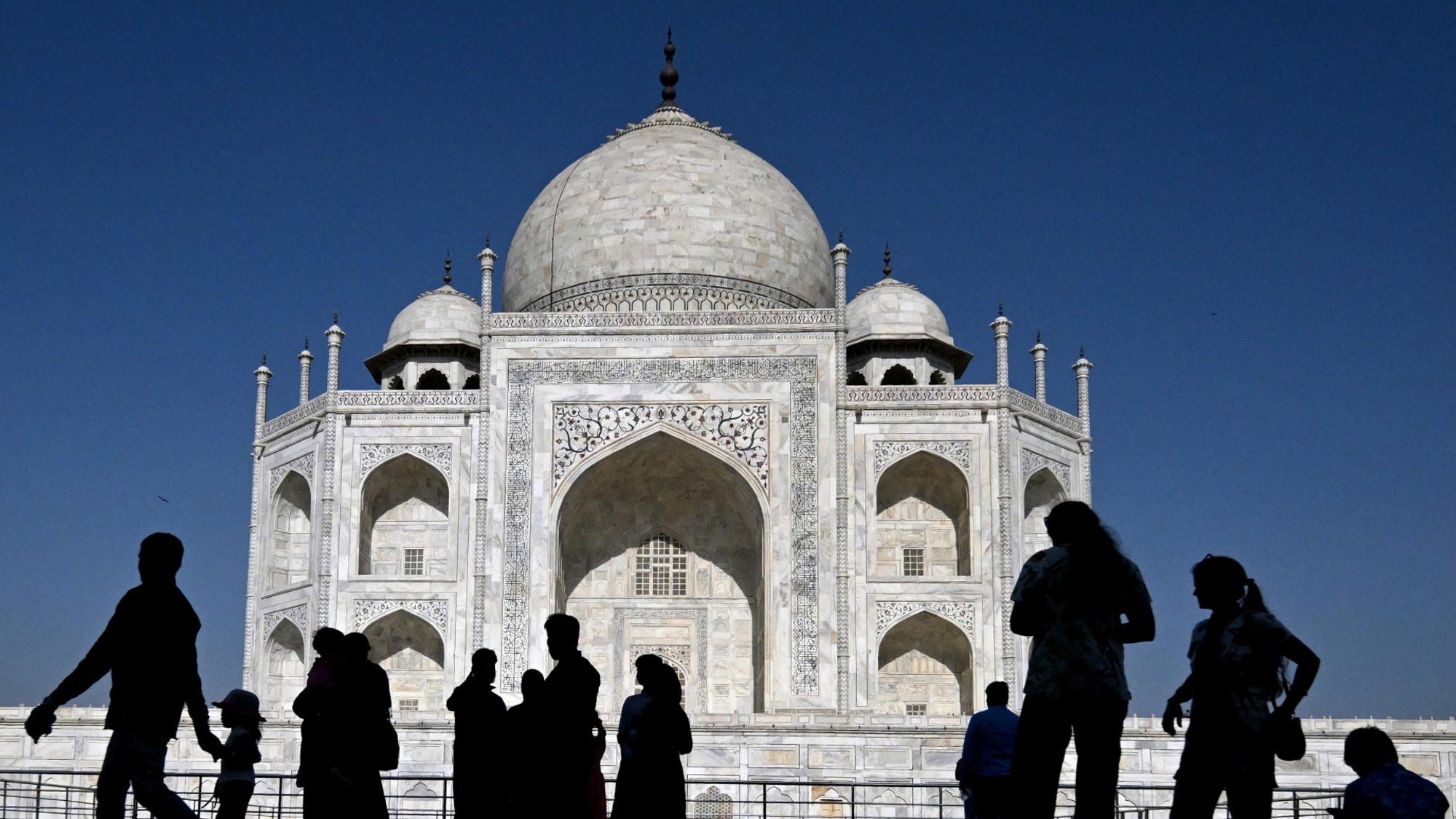 ‘These attacks rely on a political repurposing’
‘These attacks rely on a political repurposing’Instant Opinion Opinion, comment and editorials of the day
-
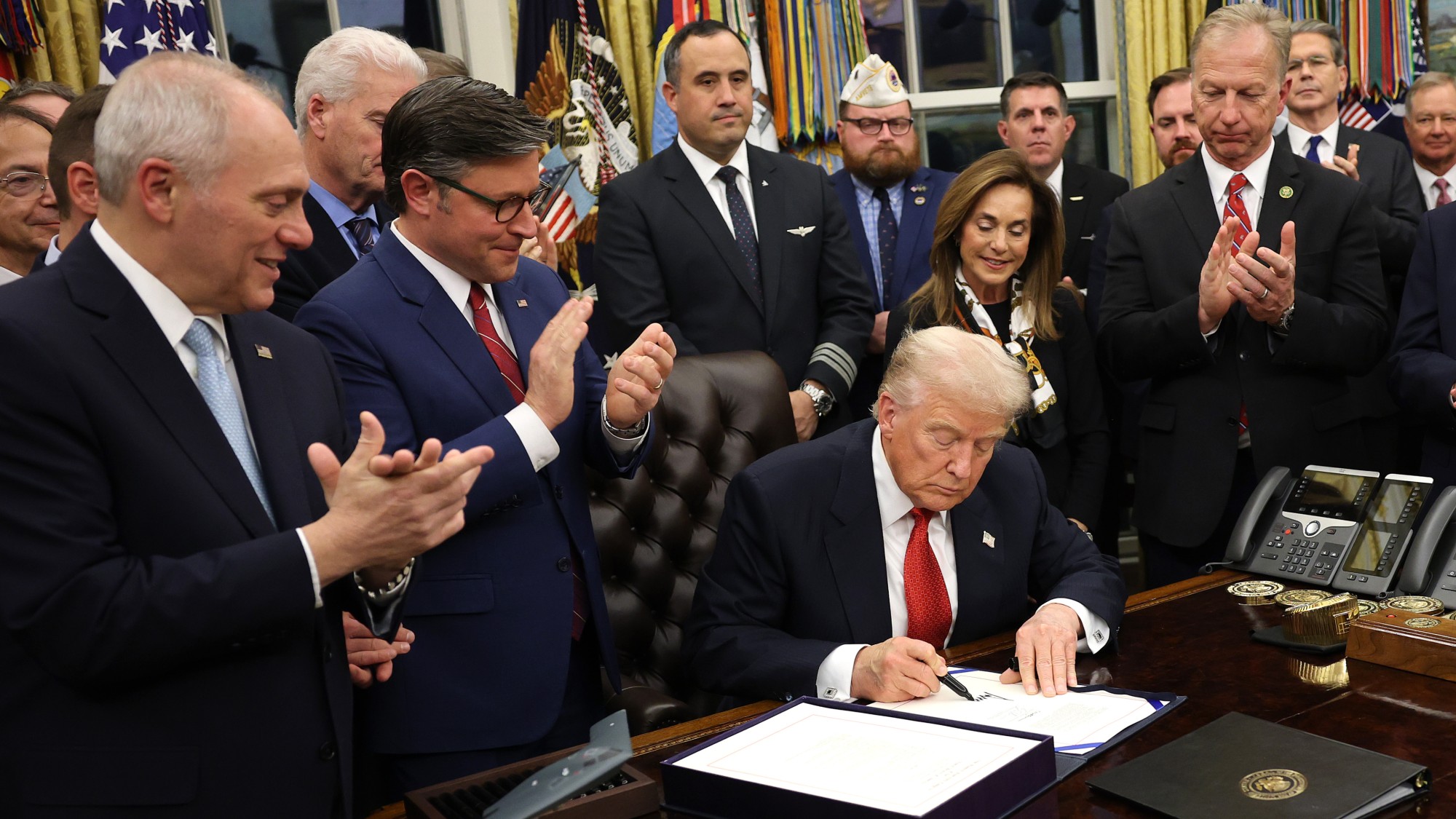 US government shutdown: why the Democrats ‘caved’
US government shutdown: why the Democrats ‘caved’In the Spotlight The recent stalemate in Congress could soon be ‘overshadowed by more enduring public perceptions’
-
 Defeating Russia’s shadow fleet
Defeating Russia’s shadow fleetThe Explainer A growing number of uninsured and falsely registered vessels are entering international waters, dodging EU sanctions on Moscow’s oil and gas
-
 Who are China’s Westminster spies?
Who are China’s Westminster spies?The Explainer MI5 warns of civilian ‘headhunters’ trying to ‘cultivate’ close contacts of MPs and peers